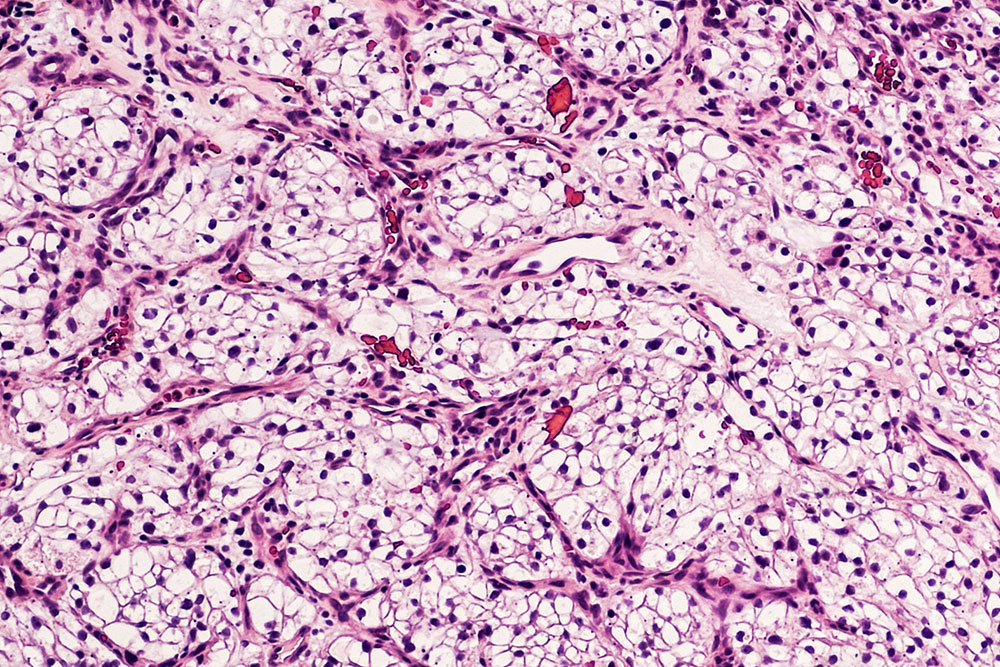7 reasons why one should perform live cell imaging

Live cell imaging involves using advanced microscopy and imaging technologies to observe and record the behavior and dynamics of living cells in real-time. It allows researchers to study cell division, migration, signaling, and organelle movement, while the cells remain alive and functioning within their natural environment. This dynamic approach has revolutionized the way researchers study cellular processes. Here are seven reasons to perform live cell imaging.
Dynamic Insight
Live cell imaging provides dynamic insight into cellular behavior. Unlike traditional fixed-cell experiments, it allows researchers to observe how cells respond and adapt in real time to various stimuli or treatments. This dynamic perspective can unveil crucial details about cellular processes. It offers temporal information, enabling the tracking of cellular events as they unfold over time. This is particularly valuable for understanding cell division, motility, and signal transduction processes, where timing is critical.
Comprehensive Understanding
Live cell imaging acknowledges and leverages the heterogeneity within a cell population. Instead of averaging out individual cell responses, researchers can track and analyze variations among cells, leading to a more comprehensive understanding of cellular behavior.
Interaction Studies
Live cell imaging facilitates the study of interactions between cells or between cells and their microenvironment. This is invaluable in areas like immunology, where observing immune cell interactions with pathogens or cancer cells can reveal important insights into disease progression.
Treatment Screening
In treatment development, live cell imaging plays a pivotal role. It allows for the real-time monitoring of effects on cells, helping researchers identify potential candidates for further investigation and development. This accelerates the treatment discovery process.
Subcellular Localization
Live cell imaging can provide precise information about the subcellular localization of molecules or organelles. Researchers can track the movement and distribution of proteins, organelles, and other cellular components in real-time, aiding in understanding their roles.
Functional Analysis
Beyond structural information, live cell imaging allows for the assessment of functional changes within cells. For instance, researchers can monitor changes in calcium ion concentrations, pH levels, or membrane potential in real-time, shedding light on cellular physiology.
Optical Tools Advancements
Advances in microscopy and fluorescent labeling techniques have made live cell imaging more accessible and versatile than ever before. Super-resolution microscopy, multi-photon imaging, and genetically encoded fluorophores enhance the precision and capabilities of this technique.
In conclusion, live cell imaging is an indispensable tool in modern cell biology research. Its ability to provide real-time, dynamic, and detailed insights into cellular behavior, interactions, and responses to various stimuli or treatments makes it an essential technique for scientists seeking a deeper understanding of the complexities of life at the cellular level.





